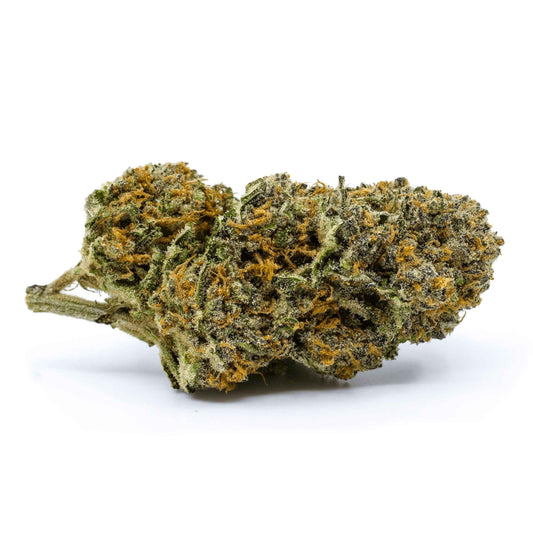In recent years, Canada has emerged as a frontrunner in the global regulated cannabis market,
thanks to its early move to legalize both medical and recreational cannabis use. However, as the sector matures, a myriad of financial and operational hurdles have surfaced, calling for a reassessment of the existing regulatory framework. This blog post delves into the key challenges faced by Canadian cannabis enterprises and proposes recommendations to foster a more conducive environment for growth and sustainability in the industry.
Reducing Tax Burdens and Regulatory Fees:
- High taxes and regulatory fees are among the primary grievances of industry players. George Smitherman, president and CEO of the Cannabis Council of Canada, voiced concerns that these financial obligations are stifling the growth of viable cannabis ventures, particularly smaller outfits struggling to establish a foothold in the market.
- Recommendation: A tiered tax structure could be introduced, where smaller enterprises are subjected to lower tax rates and regulatory fees. This approach would alleviate the financial strain on emerging players, promoting a more competitive and diverse market landscape.
Mitigating Market Saturation:

- The burgeoning number of cannabis producers and retailers has led to market saturation, precipitating a price war that undermines profitability.
- Recommendation: Implementing a more stringent licensing process could help control market saturation, ensuring that only capable and compliant enterprises enter the market.
Direct Sales from Brands to Retailers:
- Cutting out aspects of government intermediaries and allowing direct sales from brands to retailers can lead to better price points and a more diversified market.
- Recommendation: Establish a regulatory framework that facilitates direct transactions between cannabis producers and retailers, mirroring the traditional retail model.
Expanding Advertising Horizons:

- A more lenient approach to advertising policies, such as permitting billboards, television and print ads could help brands reach a broader audience and compete with the illicit market.
- Recommendation: Amend advertising regulations to allow for broader marketing campaigns, while ensuring that the messaging adheres to responsible consumption guidelines. Regulators should consider mirroring the policy framework that already exists for alcohol products, while maintaining reasonable guardrails.
Easing Restrictions on High Potency Edibles:
- The market for high potency edibles exists but is largely unmet due to stringent regulations. When we look at a comparable product like alcohol, the sale of products with higher alcohol content like liquor and spirits is permitted, so why not do the same with cannabis products like edibles?
- Recommendation: Re-evaluate the potency restrictions on edibles ensuring a balanced approach that caters to the demand while prioritizing consumer safety.
Enhancing Packaging Aesthetics:

- Current packaging regulations are quite restrictive, limiting the ability of cannabis brands to distinguish themselves and appeal to consumers. Given the highly restrictive regulations around advertising in the cannabis industry, policy makers should consider a more lenient approach to packaging (especially given that the product is already restricted to only adult consumers).
- Recommendation: Review packaging regulations to allow for more creative freedom while maintaining essential health and safety information.
Combating Illicit Market Competition:
- The illicit cannabis market continues to thrive, courtesy of its lower price point driven by the absence of regulatory compliance costs.
- Recommendation: Amplifying efforts to dismantle illegal operations while educating the public on the benefits of patronizing legal cannabis outlets can help redirect consumer demand towards the legal market.
Enhancing Access to Traditional Financing:

- The legal ambiguity surrounding cannabis in many countries makes accessing traditional financing avenues difficult for small cannabis firms.
- Recommendation: Advocacy for federal legislation clarifying the legal standing of cannabis and engaging financial institutions to develop cannabis-friendly financing solutions can help mitigate this challenge. Industry can also play a role through promoting regulatory compliance and ostracizing firms that do not follow the rules.
Fostering On-Site Consumption:
- On-site consumption lounges are seen as a means to enhance the cannabis experience, yet regulatory approval for such establishments is lacking.
- Recommendation: Engaging stakeholders to develop a regulatory framework for on-site consumption can contribute to market growth and customer satisfaction.
The Canadian cannabis industry is at a pivotal juncture.
By reevaluating and recalibrating the existing regulatory framework, stakeholders can propel the sector towards a more robust, sustainable, and inclusive growth trajectory. As the industry continues to evolve, so should the regulatory landscape to ensure Canada retains its leadership position in the global cannabis market.





























































